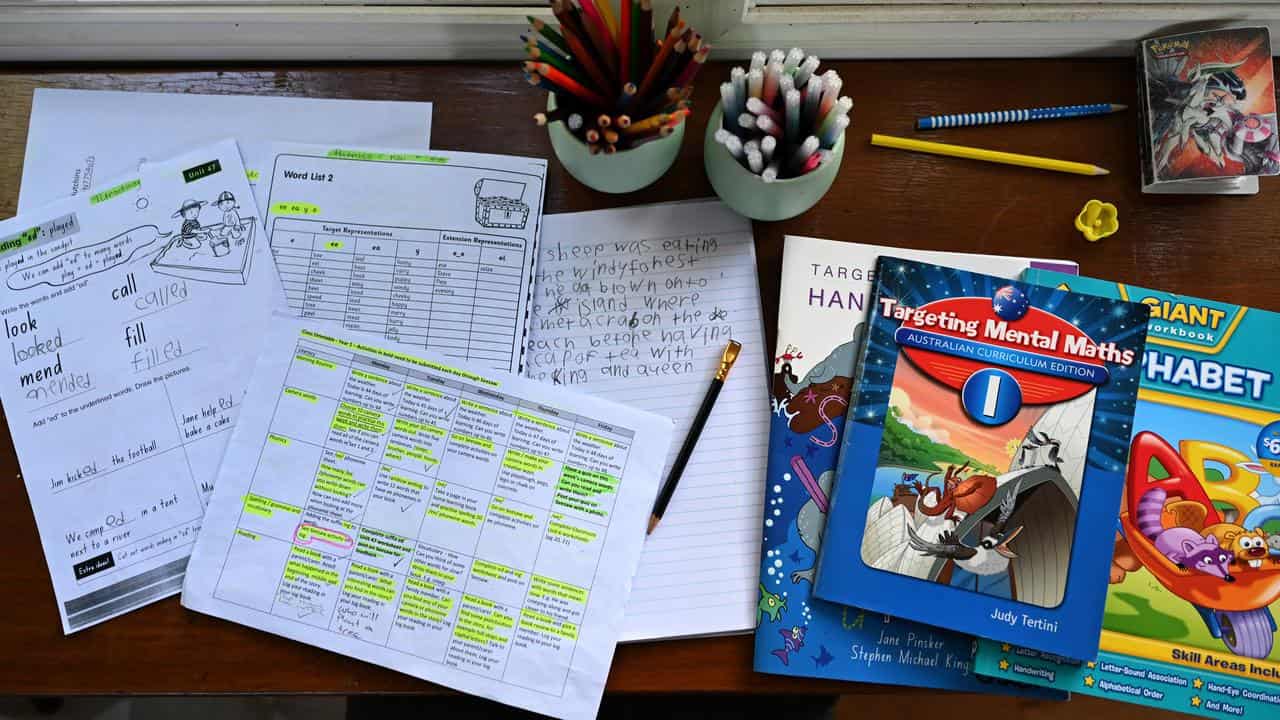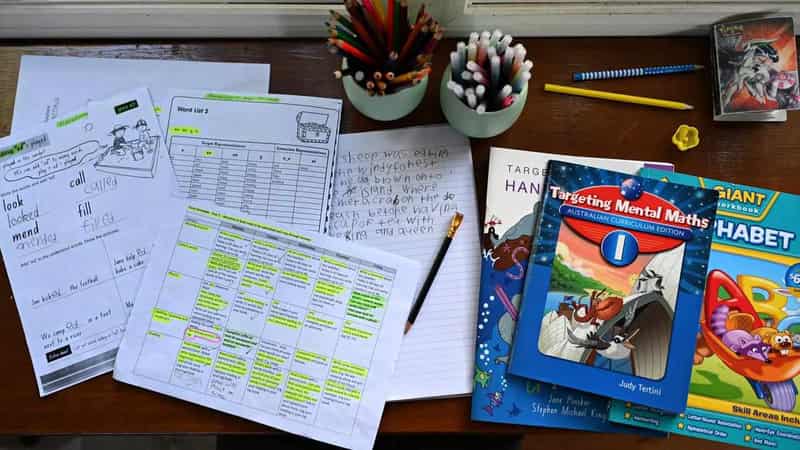
A failure to teach Australian children to read properly is costing students and the broader economy billions of dollars over their lifetimes.
One in three students are not meeting Naplan's minimum standards for literacy and key public policy think tank the Grattan Institute says the problem is entirely preventable.
Education program director Hunter Jordana says an "education revolution" is needed.
"It’s a preventable tragedy - the reason most of those students can’t read well enough is that we aren’t teaching them well enough," Dr Jordana said.
Students who struggle to read were more likely to end up in poorly paid jobs or unemployed, the think tank said in a report.
Not only do students miss out on potential earnings, but governments also forgo tax revenue and spend more on welfare, public health and justice.
The cost of sub-par reading performance to Australia is roughly $40 billion over the lifetimes of those most acutely impacted, based on the institute's calculations.
In its report, the think tank called for state and territory governments and Catholic and independent schools to pledge to make at least 90 per cent of students proficient readers.
It also wants universal screening of reading skills to catch students falling between the cracks, and guidelines for teachers based on the "structured literacy" approach that includes a focus on phonics in the early years.
The institute said the "evidence is now clear" on the best way to teach children to read - starting with learning to sound out the letters of each word - and outdated approaches should be banished.
Federal Education Minster Jason Clare agreed the "reading wars" were over.
"We know what works," the minister said.
He said the existing National School Reform Agreement, a Commonwealth, state and territory commitment to boost student outcomes, would not "move the needle".
“The new agreement we strike this year needs to properly fund schools and tie that funding to the sort of things that work," Mr Clare said.









